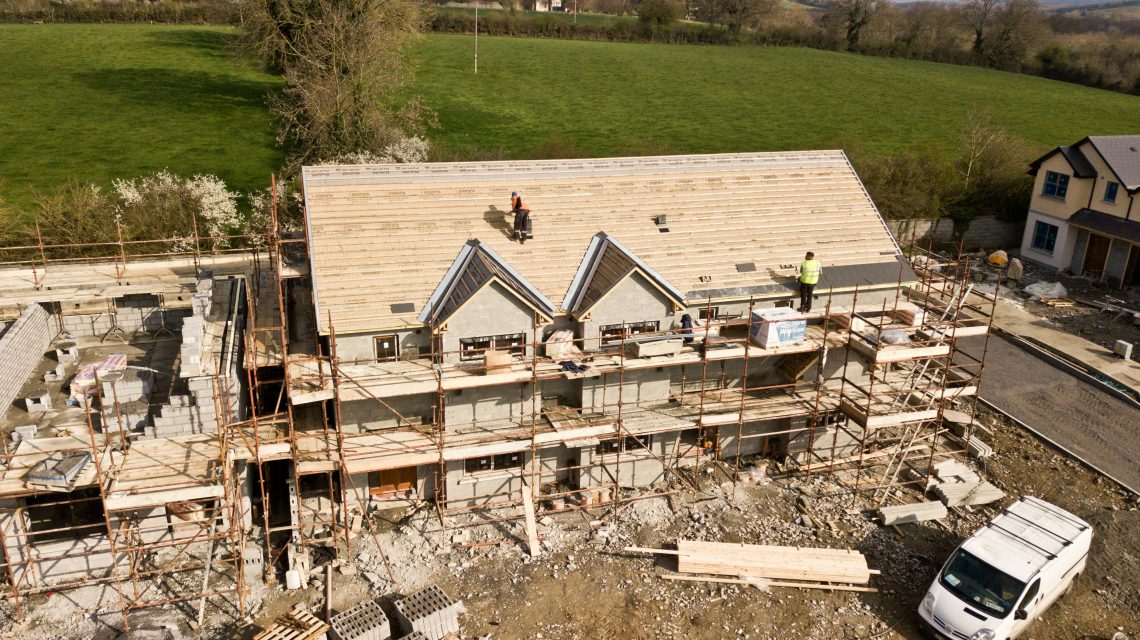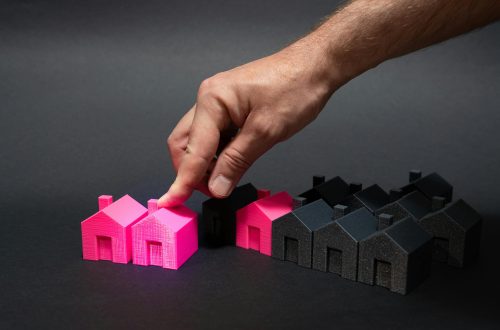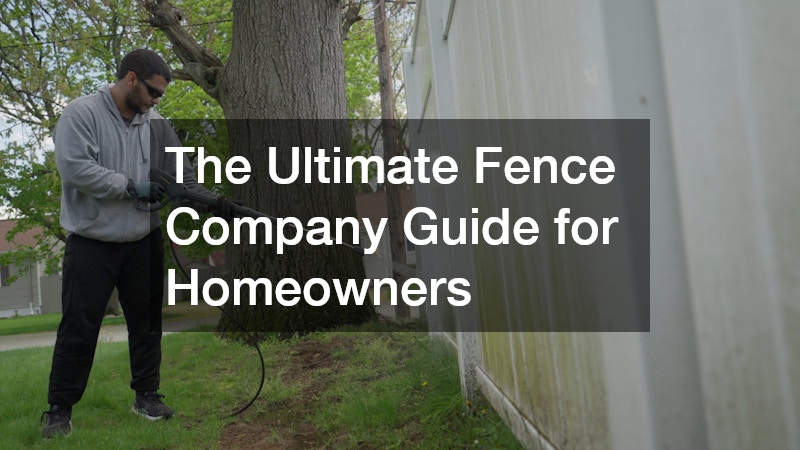- Upfront Costs Differ: Building a house generally has higher initial costs due to construction, permits, land, and contractor fees, while buying an existing home can be cheaper upfront.
- Home Size Affects Cost Per Square Foot: Smaller homes may cost more per square foot because fixed expenses like utility connections and permits are spread over less space.
- Hidden Costs Matter: Both options come with additional expenses—buying may require repairs or updates, while building involves design fees, builder overhead, and contingency for unexpected issues.
- Customization vs Convenience: Building allows full customization and modern, energy-efficient features, whereas buying is faster and often more convenient but limits design options.
- Location Influences Affordability: Land prices and market trends play a major role; building may be cheaper in suburban or rural areas, while buying is often more economical in high-demand urban regions.
- Budgeting and Planning Are Key: Careful budgeting, obtaining multiple bids, planning for delays, and considering hybrid approaches like renovation or prefab options help optimize costs and outcomes.
Should I build a home from scratch or buy an existing property? This is a question many prospective homeowners face. With fluctuating material costs, labor rates, and housing market trends, the decision is far from straightforward. Both options have advantages and hidden costs that can dramatically affect your budget. This guide breaks down the costs, benefits, and strategies to help you make the best decision.
What Are the Key Costs of Building a House?
Building a house involves more than just materials and labor. Understanding the full range of expenses can help you create a realistic budget.
Base Construction Costs
On average, construction costs in 2025 are estimated at around $140 per square foot for homes between 1,600 and 2,800 square feet. This figure includes labor and materials for everything from the foundation to the final paint job.
However, costs vary depending on home size:
- Smaller homes (under 1,600 sq ft): The cost per square foot can be higher because fixed expenses like utility connections and permits are spread over a smaller area.
- Larger homes (over 2,800 sq ft): Fixed costs are distributed over more square footage, making the per-square-foot cost slightly lower.
Additional Costs Not Included in Base Estimates
- Land Costs: Land prices fluctuate widely by location, from a few thousand dollars in rural areas to millions in prime urban zones. Some plots may require extra preparation or engineering depending on local terrain or natural hazards.
- Permits and Fees: Local governments often charge thousands for permits and utility hookups. These costs vary by municipality and can add significantly to your budget.
- Architectural Design Fees: Standard stock plans are relatively affordable, while fully customized designs can cost tens of thousands of dollars.
- Builder Overhead and Profit: Hiring a licensed general contractor usually adds 20–30% to labor and material costs. Contractors manage subcontractors and the overall project rather than performing the work themselves.
Creating a Realistic Budget
A structured approach can help prevent surprises during construction. Consider these steps:
- Calculate Base Construction Cost: Multiply your desired square footage by the average cost per square foot.
- Include Land Costs: Factor in research on the cost of the lot and any necessary site preparation.
- Add Permits and Fees: Contact local authorities to estimate required fees.
- Budget for Design: Decide whether to use a stock plan or invest in a custom design.
- Add Builder’s Overhead and Profit: Include 20–30% of your base cost for contractor fees.
- Set a Contingency Fund: Allocate 10–20% of the total budget for unexpected expenses like material price fluctuations, labor shortages, or weather delays.
Important Considerations When Building
- Fixed Costs Matter: Smaller homes may have higher per-square-foot costs due to fixed expenses.
- Obtain Multiple Bids: Get at least three quotes from each trade to ensure competitive pricing.
- Vet Professionals Thoroughly: Beyond online reviews, check references and local reputations.
- Plan for Delays: Construction timelines are rarely exact, so account for possible setbacks.
What Are the Costs of Buying a House in 2025?

Buying an existing home has its own set of considerations. While it may save time, upfront costs and hidden expenses can add up.
Upfront Expenses
- Purchase Price: Varies by region but is generally influenced by local supply and demand.
- Closing Costs: Appraisals, title insurance, and legal fees often add 2–5% of the purchase price.
- Immediate Repairs or Updates: Older homes may need new roofs, plumbing, or cosmetic renovations.
- Taxes and Insurance: Property taxes, homeowner association fees, and insurance premiums vary widely depending on location and property condition.
Advantages of Buying
- Convenience: Move-in ready homes save time and effort.
- Established Neighborhoods: Often in areas with developed infrastructure, schools, and amenities.
- Predictable Costs: Unlike construction, there’s less risk of overruns or unexpected expenses.
Disadvantages of Buying
- Limited Customization: You may need to compromise on layout, finishes, or features.
- Potential Hidden Costs: Older homes may have maintenance issues that aren’t apparent initially.
- Energy Efficiency: Older properties may lack modern efficiency systems, potentially increasing utility bills.
How Location and Market Trends Influence Costs
Where you choose to live plays a huge role in whether building or buying is more economical. In high-demand urban areas, buying may be cheaper due to expensive land costs. In suburban or rural areas, building might provide better value because land is more affordable.
Trends in 2025 to keep in mind:
- Housing inventory is still tight in many metropolitan regions.
- Interest rates are rising, affecting both construction loans and mortgages.
- Material costs are stabilizing, but skilled labor shortages may keep construction prices elevated.
Pros and Cons of Building vs. Buying
When deciding whether to construct a new home or purchase an existing one, building vs buying a home comes down to weighing advantages and disadvantages that fit your lifestyle, budget, and timeline.
Building a Home
Pros:
- Full customization and modern features
- Lower initial maintenance since everything is new
- Opportunity to include energy-efficient systems
Cons:
- Higher upfront costs and longer timelines
- Risk of budget overruns
- Requires careful management of contractors and schedules
Buying a Home
Pros:
- Quick move-in without delays
- Often located in established neighborhoods
- Costs are more predictable
Cons:
- Limited design flexibility
- Older systems may require upgrades
- Hidden repairs can increase overall costs
Can You Save Money When Building or Buying?
Even with rising costs, there are ways to optimize your budget:
When Building:
- Choose a simple design and layout
- Use durable but cost-effective materials
- Plan thoroughly to avoid last-minute changes
- Consider modular or prefab options to reduce labor costs
When Buying:
- Inspect the home thoroughly to avoid surprises
- Negotiate closing costs and ask for seller concessions
- Look for properties that need cosmetic upgrades rather than structural fixes
- Research neighborhoods for long-term appreciation potential
Considering a Hybrid Approach
Some homeowners find a middle ground by buying a property and partially rebuilding or renovating it. This strategy can combine the benefits of location, affordability, and customization without the full risk of a new build. Modular homes or partially pre-built solutions also offer cost and time advantages.
So, Is It Cheaper to Build a House in 2025?
In most cases, buying an existing home tends to be less expensive upfront, especially in areas with high land costs. Building a house usually costs more due to construction, permits, and contractor fees, though it offers full customization and modern features. The best choice depends on your budget, timeline, and priorities, but if immediate cost savings are your main goal, buying is generally the more economical option.





